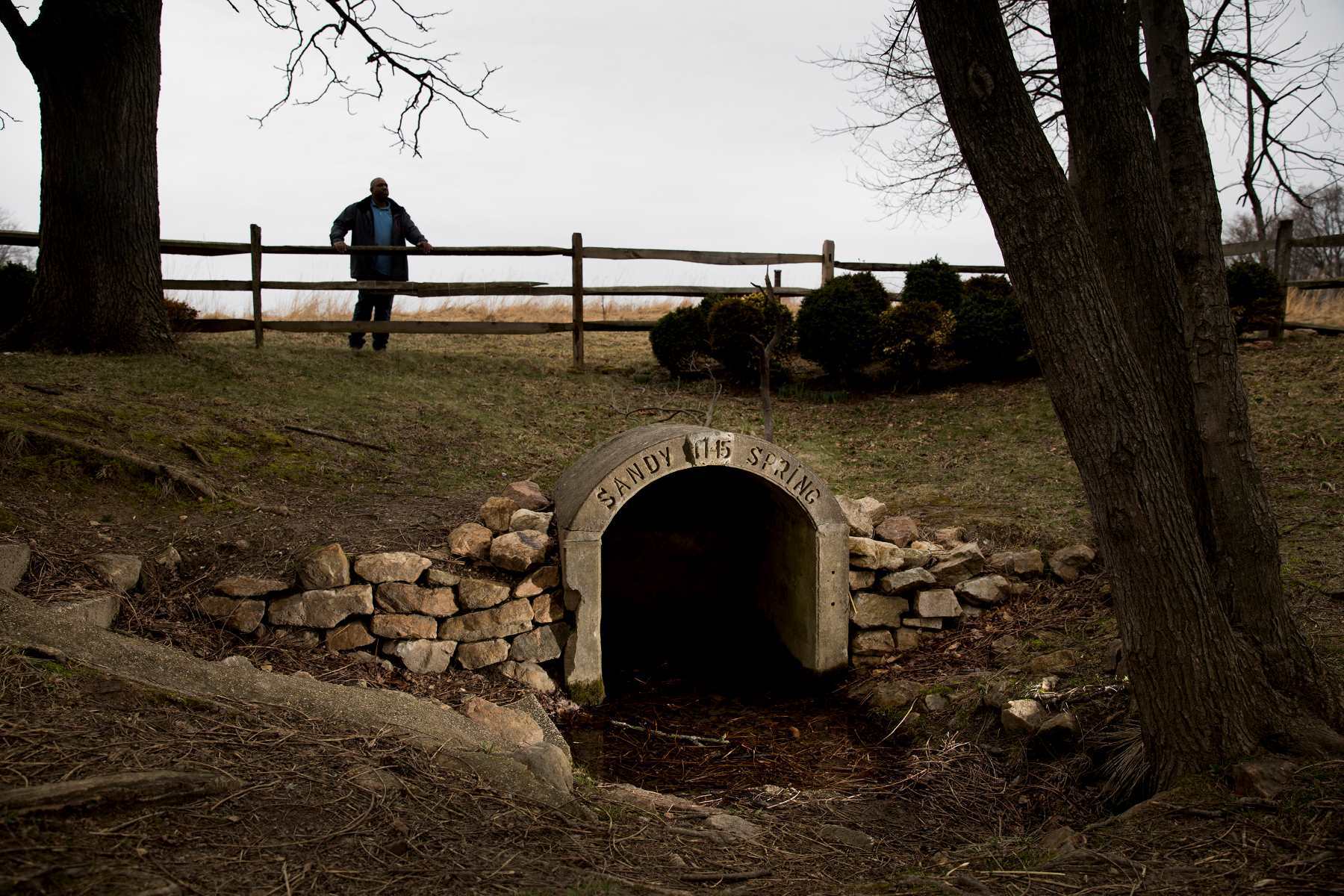Hidden History Of The Underground Railroad In The Midwest

The Underground Railroad played a crucial role in American history, helping countless enslaved people escape to freedom. While many associate this network with the East Coast, the Midwest also holds significant stories of bravery and resistance. States like Ohio, Indiana, and Illinois served as key routes and safe havens. Hidden in plain sight, barns, churches, and homes became sanctuaries. Local communities, including free African Americans and sympathetic white allies, risked everything to aid those fleeing bondage. This lesser-known chapter of the Underground Railroad reveals the Midwest's vital contribution to the fight for freedom and justice. Ready to learn more about these hidden heroes?
Uncovering the Underground Railroad in the Midwest
The Midwest played a crucial role in the Underground Railroad, a secret network that helped enslaved people escape to freedom. Many sites across this region hold stories of bravery, resilience, and hope. Let's explore some of these hidden historical gems.
Ohio's Secret Pathways
Ohio was a key state in the Underground Railroad, with many safe houses and routes leading to freedom. Here are some notable places to visit:
John Rankin House – Located in Ripley, this house belonged to Reverend John Rankin, a prominent abolitionist. The Rankin family helped over 2,000 enslaved people escape.
Harriet Beecher Stowe House – In Cincinnati, this house was the home of the famous author of "Uncle Tom's Cabin." Stowe's writings brought attention to the horrors of slavery.
Oberlin Heritage Center – Oberlin was a hotbed of abolitionist activity. The Heritage Center offers tours that highlight the town's role in the Underground Railroad.
Indiana's Hidden Havens
Indiana provided many secret shelters for those seeking freedom. These sites offer a glimpse into the state's abolitionist past:
Levi Coffin House – Known as the "Grand Central Station" of the Underground Railroad, this house in Fountain City was home to Levi and Catharine Coffin. They helped over 1,000 enslaved people.
Eleutherian College – Located in Lancaster, this college was one of the first in Indiana to admit students regardless of race. It also served as a stop on the Underground Railroad.
Lyman Hoyt House – In Madison, this house belonged to Lyman Hoyt, an abolitionist who used his home as a safe haven for escaping slaves.
Illinois' Freedom Trails
Illinois was another crucial state in the Underground Railroad network. These sites highlight the state's commitment to freedom:
Dr. Richard Eells House – In Quincy, this house belonged to Dr. Richard Eells, an abolitionist who was arrested for helping a fugitive slave. The house now serves as a museum.
Galesburg Colony Underground Railroad – Galesburg was a stronghold for abolitionists. The colony's residents provided shelter and assistance to many escaping slaves.
Lovejoy Homestead – Located in Princeton, this house belonged to Owen Lovejoy, a congressman and staunch abolitionist. The homestead was a key stop on the Underground Railroad.
Michigan's Safe Stations
Michigan's proximity to Canada made it a critical endpoint for many escaping slaves. These sites tell the stories of those who risked everything for freedom:
Second Baptist Church – In Detroit, this church was a major hub for the Underground Railroad. It provided shelter and resources for those on their way to Canada.
Crosswhite House – In Marshall, this house belonged to Adam Crosswhite, an escaped slave who helped others find freedom. The house is now a museum.
Erie Street Cemetery – Located in Cleveland, this cemetery is the final resting place of many abolitionists who played key roles in the Underground Railroad.
Wisconsin's Secret Shelters
Wisconsin also played a significant role in the Underground Railroad. These sites offer a window into the state's abolitionist efforts:
Milton House – In Milton, this hexagonal building served as a stop on the Underground Railroad. It now operates as a museum.
Racine Heritage Museum – Racine was a key port for escaping slaves. The museum offers exhibits on the city's role in the Underground Railroad.
Aztalan State Park – This park in Lake Mills was home to Native American tribes who helped escaping slaves. The park offers a unique perspective on the Underground Railroad.
Iowa's Hidden Heroes
Iowa's abolitionists provided crucial support to the Underground Railroad. These sites highlight their bravery and dedication:
Hitchcock House – In Lewis, this house belonged to Reverend George Hitchcock, an abolitionist who used his home as a safe haven.
Jordan House – Located in West Des Moines, this house was a key stop on the Underground Railroad. It now serves as a museum.
Lewelling Quaker Museum – In Salem, this museum tells the story of the Lewelling family, Quakers who helped many escaping slaves.
The Legacy of the Underground Railroad in the Midwest
The Underground Railroad in the Midwest holds a significant place in American history. This network of secret routes and safe houses helped countless enslaved people find freedom. Cities like Cincinnati, Detroit, and Chicago played crucial roles, offering shelter and support. Many brave individuals, both Black and white, risked their lives to aid in this cause. Their courage and determination continue to inspire.
Visiting these historic sites today offers a glimpse into the past. Museums, monuments, and preserved homes tell stories of resilience and hope. Understanding this history helps us appreciate the struggles and triumphs of those who fought for freedom. The legacy of the Underground Railroad reminds us of the importance of standing up for justice and equality. Exploring these places not only educates but also honors the memory of those who made a difference.

